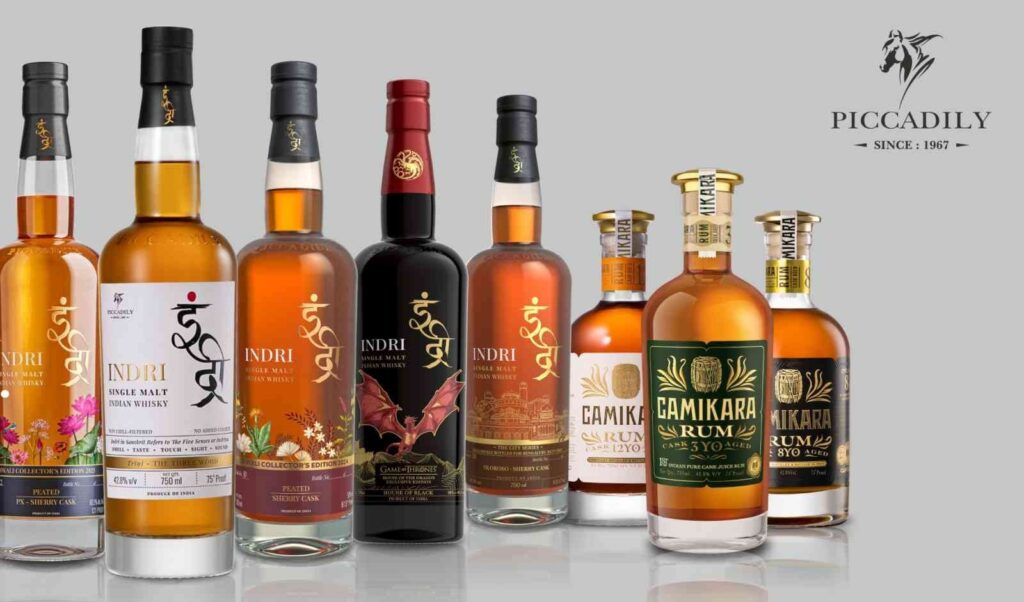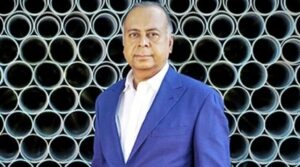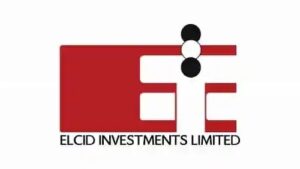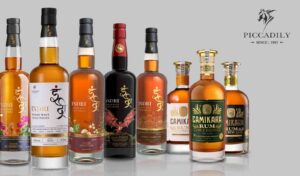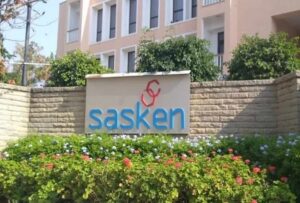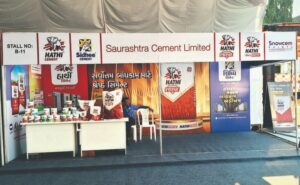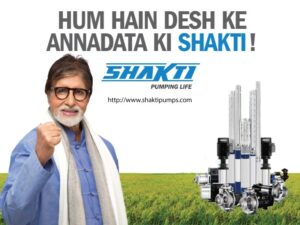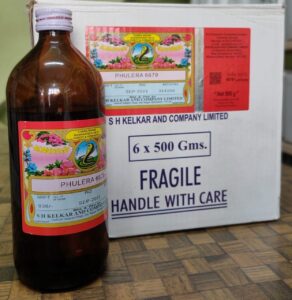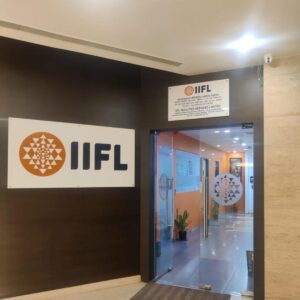1. At a Glance
Piccadily Agro Industries Ltd (PAIL) is currently doing what most mid-cap sugar mills could only dream of — selling fine single malts in Tokyo bars while still crushing sugarcane in Haryana. The stock closed at ₹700 (up 5.06%) on 7th November 2025, with a market cap of ₹6,897 crore. Revenue for Q2 FY26 stood at ₹232.7 crore (+16% YoY), and PAT at ₹26.7 crore (+8.3% YoY). Over six months, the stock’s returned 29.1%, and even after a 7.6% slide this year, whisky lovers in Dalal Street still raise a glass to it.
With an ROE of 20.1% and ROCE of 22.7%, Piccadily Agro is running hotter than its copper pot stills. The stock trades at a P/E of 62.8 — a reminder that investors are paying single-malt prices for what used to be a sugar stock. But with its brandIndrinow the top-selling Indian single malt globally, it seems Mr. Market’s high is not entirely ethanol-induced.
2. Introduction
Once upon a time (read: 1994), Piccadily Agro was just another Haryana sugar mill — a humble processor crushing sugarcane while dreaming of sweetness and subsidies. Fast forward to 2025, and it’s the company behindIndri,Camikara, andWhistler, names that sound more like fine Scotch than anything remotely associated with Gohana Road.
The transformation from sugar to spirits wasn’t just a diversification — it was a full-blown metamorphosis. Today, 75% of its revenue comes from the distillery business, compared to just 46% in FY22. The alco-bev arm is scaling faster than a bartender at a Friday night rush, powered by high-margin single malts and award-winning rums.
And investors? They’ve been along for a boozy ride. A 144% three-year stock CAGR and ₹1,000 crore expansion plan have turned this microcap sugar stock into a small-cap with serious swagger. Yet, there’s irony — despite profits rising faster than ethanol evaporation, dividends remain missing. Clearly, the only pouring they do is whisky, not payouts.
3. Business Model – WTF Do They Even Do?
Piccadily Agro operates through two main segments:
1. Distillery (75% of revenue, H1 FY25):This is where the real story lies. The company produces Extra Neutral Alcohol (ENA), Ethanol, Country Liquor, and premium alco-bev brands likeIndri,Camikara,Whistler, andRoyal Highland. The premium beverage portfolio, especially Indri single malt, has catapulted Piccadily into the big leagues. Indri alone commands a 30%+ market share in the Indian single malt segment.
2. Sugar (25% of revenue):The original, slightly boring core. They manufacture crystal white sugar from sugarcane. While sugar remains cyclical and low-margin, it does provide feedstock (molasses) for the distillery — a neat vertical integration trick that keeps raw material costs sweet.
Business Mojo:PAIL crushes 60 lakh quintals of cane annually, recovers about 9.75%, and turns by-products into high-value alcohol. Think of it as the “zero waste” dream — except the waste here ends up in whisky bottles.
And if you thought this was just desi jugaad, think again. Piccadily’s Indri has outpaced even established brands like Rampur and Amrut in growth. The company is exporting to 25 countries, including the U.S., Japan, Germany, and Canada — turning a Haryana field product into a global shelf star.
Not bad for a sugar mill that decided to get high on its own supply.
4. Financials Overview
| Metric | Q2 FY26 (Latest) | Q2 FY25 (YoY) | Q1 FY26 (QoQ) | YoY % | QoQ % |
|---|---|---|---|---|---|
| Revenue (₹ Cr) | 232.7 | 200.6 | 229.0 | 16.0% | 1.6% |
| EBITDA (₹ Cr) | 46 | 42 | 38 | 9.5% | 21.0% |
| PAT (₹ Cr) | 26.7 | 25 | 18 | 6.8% | 48.3% |
| EPS (₹) | 2.71 | 2.61 | 1.94 | 3.8% | 39.7% |
Annualised EPS = ₹2.71 × 4 = ₹10.84.At CMP ₹700,P/E = 64.6×, which explains why whisky is not the only expensive thing here.
Commentary:EBITDA margin improved to 22%, thanks to better product mix — more Indri, less sugar. Essentially, the less they crush cane, the more they crush competition.
5. Valuation Discussion – Fair Value Range
Let’s soberly value this high-spirited company through three lenses:
(a) P/E Method:Industry median P/E = 33. Piccadily = 62.8.Even assuming FY26 EPS at ₹13 (growth from
₹11.5 TTM):
- Conservative fair value = 33 × 13 = ₹429
- Optimistic whisky-premium = 45 × 13 = ₹585P/E Fair Value Range:₹429 – ₹585
(b) EV/EBITDA Method:EV/EBITDA (current) = 34.8.If normalized multiple (for alco-bev peers) = 25–30,EBITDA FY26E ≈ ₹210 Cr→ EV range = ₹5,250–₹6,300 Cr → Equity value ≈ ₹6,000–₹7,000 CrPer share = ₹610 – ₹710
(c) Simplified DCF:Assume 15% CAGR for 5 years, terminal growth 5%, discount rate 12%.DCF gives intrinsic range = ₹500 – ₹650
🟡Overall Fair Value Range (Educational): ₹500 – ₹650/share.
Disclaimer: This fair value range is for educational purposes only and is not investment advice.
6. What’s Cooking – News, Triggers, Drama
Piccadily has been busier than a bartender at a Delhi wedding:
- Capex High:The ₹1,000 crore expansion plan is underway. Distillery capacity at Indri will rise from 78 KLPD to 250 KLPD by early 2025. Add to that a greenfield 210 KLPD plant in Chhattisgarh (Q2 FY26 target).
- International Whisky Dreams:Building a distillery inPortavadie, Scotland. Because why not make whisky at the source — and flex it back home?
- Fundraising Spree:Raised ₹262 Cr from marquee investors via preferential allotment and another ₹50 Cr from promoters. Even converted multiple warrants — because, you know, liquidity pairs well with liquor.
- CFO Resignation (Nov 2024):Their CFO, Balinder Kumar, left right after the fundraise. Coincidence? Maybe. But in liquor companies, there’s always a hangover somewhere.
- Awards Galore:Indri won gold medals at Spiritz Conclave 2024, the Diwali Collector’s Edition was a sellout, and the “Kashmyr” trademark tiff with Radico Khaitan ended with Piccadily getting the upper hand.
- Smart Bottle Tags:Launched “ForgeStop NFC” smart labels to curb counterfeit bottles — imagine scanning your whisky like Paytm.
So, between all this expansion, litigation, and innovation, Piccadily is clearly distilling drama as efficiently as it distills ethanol.
7. Balance Sheet
| Metric (₹ Cr) | Mar 2024 | Mar 2025 | Sep 2025 |
|---|---|---|---|
| Total Assets | 739 | 1,144 | 1,291 |
| Net Worth (Equity + Reserves) | 339 | 680 | 804 |
| Borrowings | 172 | 308 | 324 |
| Other Liabilities | 228 | 156 | 162 |
| Total Liabilities | 739 | 1,144 | 1,291 |
